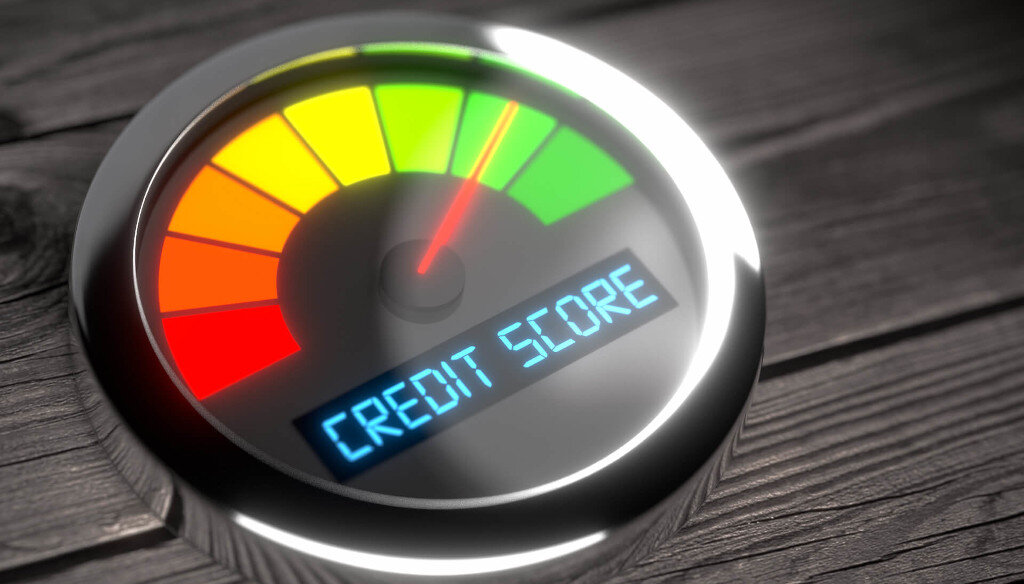Credit cards have become ubiquitous in modern society, offering convenience and flexibility in managing finances. However, along with the benefits, they also come with costs, notably in the form of interest rates.
Average Credit Card Interest Rate for March 2024: 24.37% APR
In this article, we’ll delve into the average credit card interest rate for March 2024, exploring its significance, influencing factors, and strategies to navigate the financial landscape effectively.
Understanding Credit Card Interest Rates
Annual Percentage Rate (APR) serves as a crucial metric for assessing the cost of borrowing on credit cards. It represents the annualized interest rate applied to outstanding balances, encompassing not only interest but also fees and other charges. Understanding APR is vital for consumers to make informed decisions about their financial transactions.
Average Credit Card Interest Rate Trends
Examining historical data and recent trends reveals insights into the trajectory of credit card interest rates. While rates have fluctuated over time, tracking their movements provides valuable context for current rates and future expectations.
Factors Affecting Credit Card Interest Rates
Various factors influence credit card interest rates, including individual creditworthiness, prevailing economic conditions, and issuer-specific policies. Consumers’ credit scores play a significant role, with higher scores typically qualifying for lower APRs.
Impact of Credit Card Interest Rates
High credit card interest rates can impose a considerable financial burden on consumers, leading to debt accumulation and repayment challenges. Managing and mitigating these rates require proactive strategies, such as budgeting, debt consolidation, and exploring alternative financing options.
Comparison with Other Loan Interest Rates
Comparing credit card interest rates with those of other loans, such as mortgages and auto loans, offers perspective on the relative costs of different forms of borrowing. Credit card APRs often exceed those of other loans due to their unsecured nature and higher risk for lenders.
Tips to Lower Credit Card Interest Rates
Consumers can take proactive steps to lower their credit card interest rates, including negotiating with card issuers for reduced rates and transferring balances to cards offering promotional low APR periods. However, these strategies require careful consideration and adherence to terms and conditions.
Regulations on Credit Card Interest Rates
Government regulations and consumer protection laws play a role in shaping credit card interest rates and lending practices. Understanding the regulatory environment can empower consumers to advocate for fair treatment and seek recourse against predatory lending practices.
Credit Card Interest Rate Myths
Dispelling common myths and misconceptions about credit card interest rates fosters a clearer understanding among consumers. By debunking myths, individuals can make more informed financial decisions and avoid falling victim to misinformation.
Future Outlook
Predicting future trends in credit card interest rates involves considering economic forecasts, regulatory developments, and market dynamics. Staying informed about potential shifts enables consumers to adapt their financial strategies accordingly and mitigate risks effectively.
Conclusion
In conclusion, the average credit card interest rate for March 2024, at 24.37% APR, underscores the importance of understanding and managing credit card debt. By comprehending the factors influencing rates, exploring strategies to lower APRs, and staying informed about regulatory changes, consumers can navigate the financial landscape with confidence and minimize the impact of high-interest debt.
## FAQs (Frequently Asked Questions)
What is APR, and how does it differ from the nominal interest rate?
APR represents the true cost of borrowing on a credit card, incorporating not only interest but also fees and other charges. In contrast, the nominal interest rate only accounts for interest expenses.
How can I negotiate a lower interest rate with my credit card issuer?
Initiating a conversation with your credit card issuer, highlighting your creditworthiness and loyalty as a customer, can pave the way for negotiations on lowering your interest rate.
Are there any risks associated with transferring balances to cards with promotional low APR periods?
While balance transfers can offer temporary relief from high-interest debt, consumers should be mindful of potential fees, expiration dates on promotional rates, and the impact on their credit scores.
What role do credit scores play in determining credit card interest rates?
Credit scores serve as a key factor for card issuers in assessing the risk posed by borrowers. Higher credit scores generally qualify for lower APRs, reflecting lower perceived risk for lenders.
How do regulatory changes impact credit card interest rates?
Regulatory changes can influence lending practices, fee structures, and promotional offers in the credit card industry, ultimately affecting the cost of borrowing for consumers.
